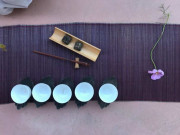From Naad-Brahman to Noise-Brahman: The Invisible Acoustics of Caste in India
Introduction In the Ancient texts of the Vedas and Upanishads, Hindu cosmological thought advocates the theory of Naad-Brahman, translated as the Sound of Brahman. It posits that the…
